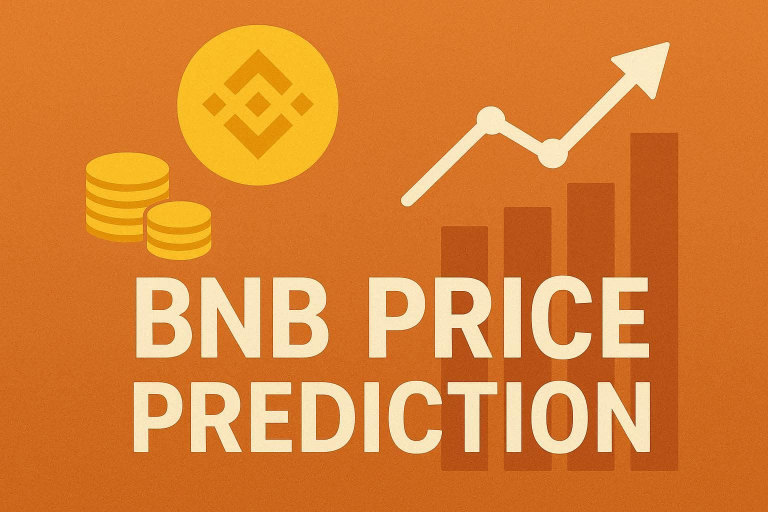
Smart Cities: Urban Trends for 2025
Smart Cities
Smart Cities are urban areas that leverage technology and innovation to create a more sustainable, efficient, and livable environment for their citizens. As we approach 2025, it’s essential to explore the latest trends shaping the future of Smart Cities. From green infrastructure to cutting-edge technologies, we’ll delve into the most exciting developments that will transform the way we live, work, and interact with our cities.
Sustainable Infrastructure
One of the primary focuses of Smart Cities is sustainable infrastructure. This includes green buildings, renewable energy sources, and efficient transportation systems. In 2025, we can expect to see a significant increase in the adoption of green technologies, such as solar panels, wind turbines, and energy-efficient lighting. Additionally, cities will prioritize green spaces, parks, and urban gardens to mitigate the urban heat island effect and improve air quality.
Urban Planning and Design
Effective urban planning and design are crucial components of Smart Cities. In 2025, cities will prioritize people-centric design, creating public spaces that promote social interaction, community engagement, and accessibility. This will include the implementation of smart traffic management systems, pedestrian-friendly infrastructure, and bike-sharing programs. Moreover, cities will incorporate data analytics and AI to optimize urban planning, predicting and responding to the needs of citizens.
Technological Advancements
Technological advancements will play a vital role in shaping the future of Smart Cities. In 2025, we can expect to see significant developments in areas such as:
- Internet of Things (IoT): IoT will continue to transform the way cities operate, with sensors and devices monitoring and managing everything from energy consumption to waste management.
- Artificial Intelligence (AI): AI will be increasingly used to analyze data, optimize city services, and predict citizen needs.
- 5G Networks: The rollout of 5G networks will enable faster, more reliable connectivity, facilitating the growth of IoT and other smart city technologies.
- Blockchain: Blockchain technology will be used to secure data, enable transparent transactions, and create trust among citizens and city authorities.
Citizen Engagement and Participation
Citizen engagement and participation are essential components of Smart Cities. In 2025, cities will prioritize inclusive and participatory governance, using digital platforms and social media to engage with citizens, collect feedback, and co-create solutions. This will include the use of participatory budgeting, crowdsourcing, and other innovative methods to ensure that citizens have a voice in shaping the future of their city.
Conclusion
In conclusion, the future of Smart Cities in 2025 will be shaped by a combination of sustainable infrastructure, technological advancements, and citizen engagement. As cities continue to evolve and grow, it’s essential to prioritize the needs of citizens, while embracing innovation and technology to create a better, more livable environment for all.






